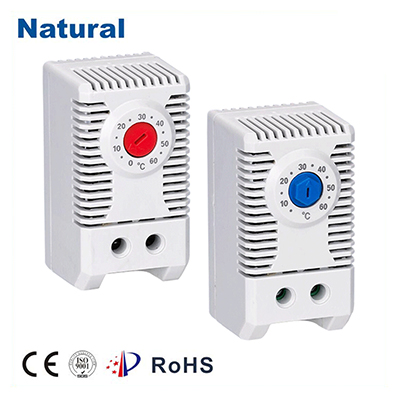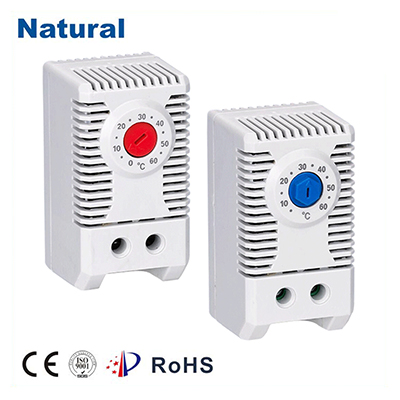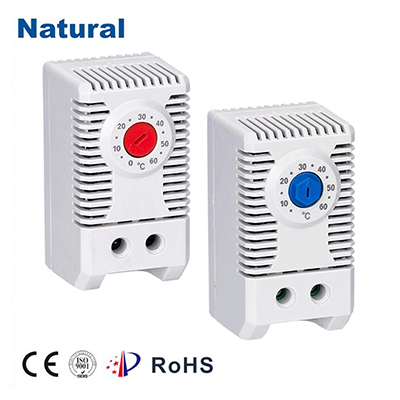A bimetal thermostat is a device widely used for temperature regulation in various appliances and machines. It operates on a simple yet effective principle, utilizing the differential expansion rates of two metals to control temperature. As a result, it plays a crucial role in maintaining safe operating conditions in systems ranging from household appliances to industrial equipment. This article explores the working principle, applications, and advantages of bimetal thermostats, providing an in-depth understanding of their importance in modern technology.

Working Principle

The fundamental principle behind a bimetal thermostat is the combination of two metal strips that are bonded together. These metals are chosen based on their differing thermal expansion coefficients—meaning one metal expands more than the other when heated. Common pairs of metals used include copper and steel, copper and aluminum, or brass and steel. The construction typically involves thin, flat metal strips that are fused along their length. As the temperature of the system increases, the metal with the higher coefficient of expansion expands faster than the other. This causes the bimetal strip to bend. The bending movement is carefully calibrated to either open or close an electrical contact, triggering a circuit action. In other words, the thermostat will either turn a heating element on or off, based on the temperature change.
